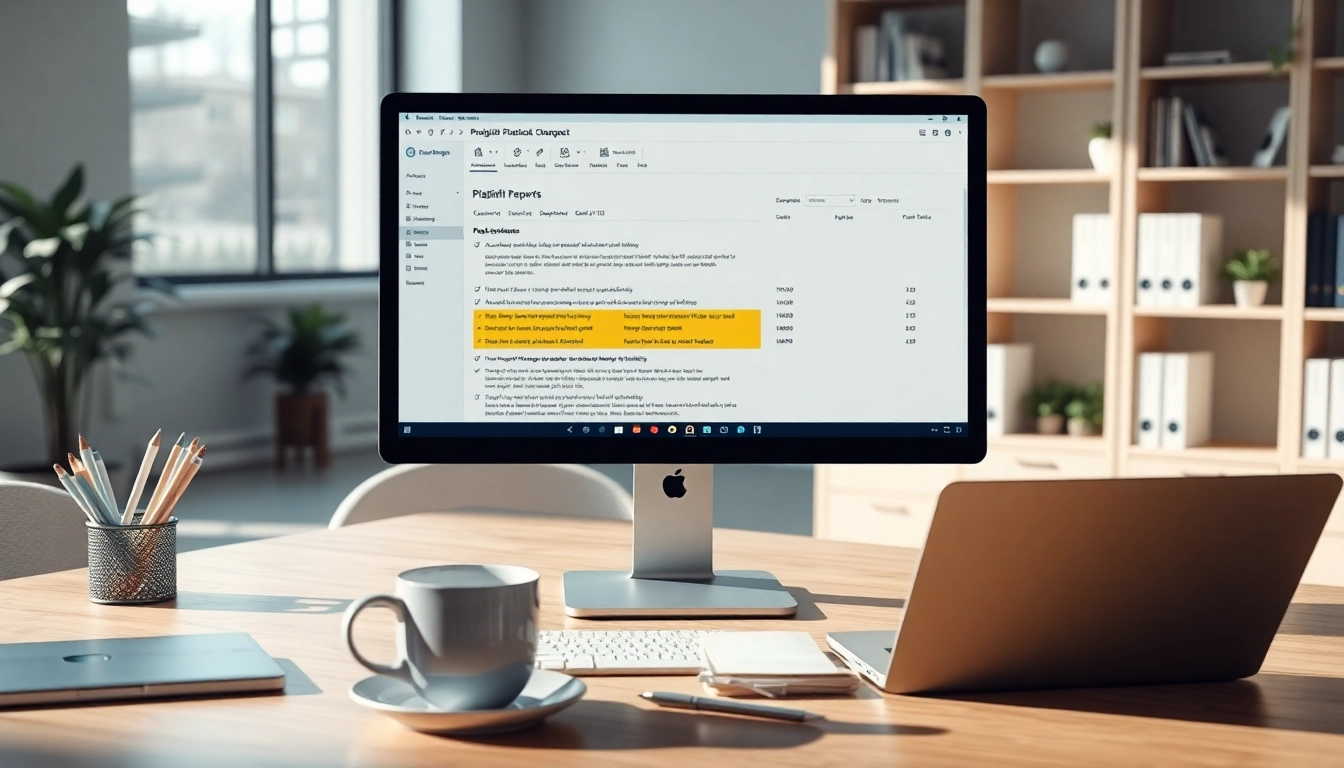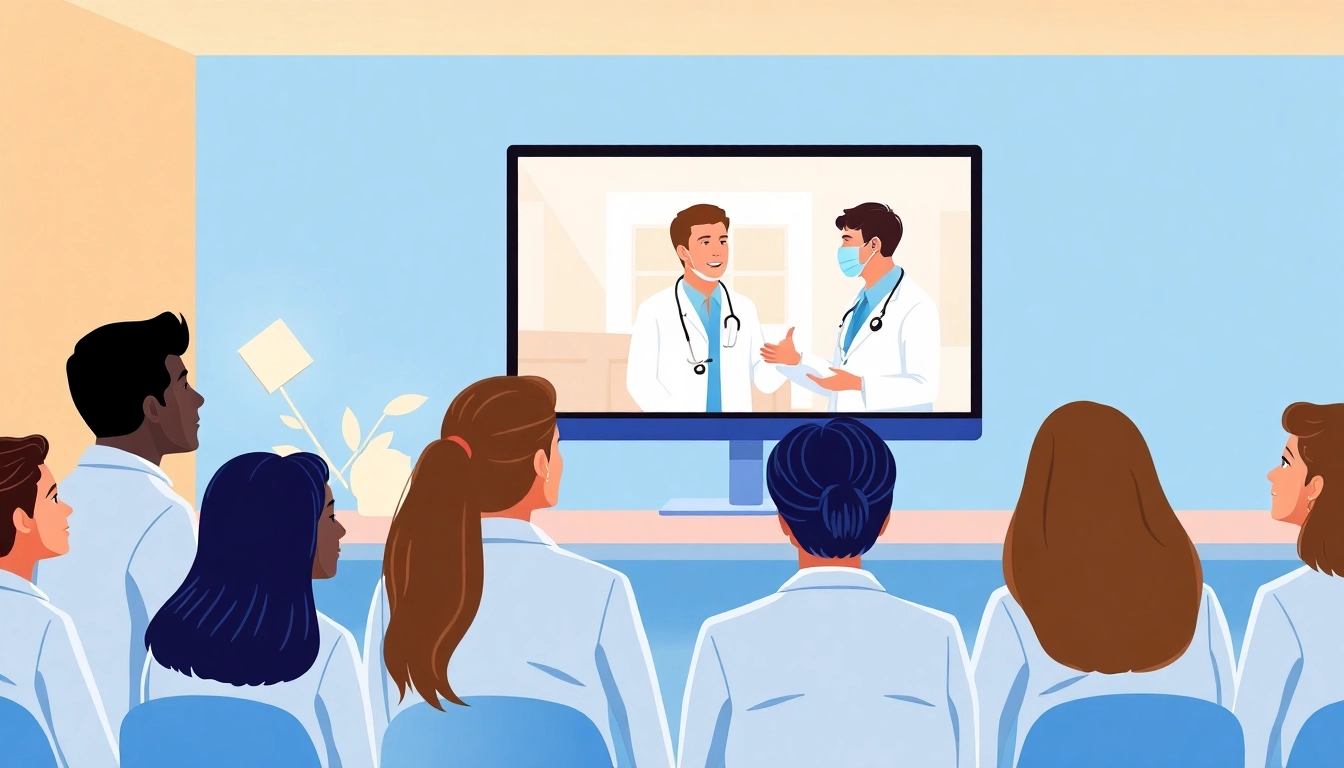Understanding Plagiarism: What You Need to Know
Defining Plagiarism and Its Types
Plagiarism is the act of using someone else’s words, ideas, or intellectual property without proper acknowledgment, essentially presenting them as one’s own. Understanding the different types of plagiarism is crucial for anyone involved in academic writing, content creation, or research. Here are some of the most common types:
- Direct Plagiarism: This occurs when a writer copies text word-for-word from another source without citation.
- Self-Plagiarism: This involves an author reusing their own previously published work without permission or acknowledgment.
- Paraphrasing Plagiarism: This type happens when someone rephrases ideas or text from a source without appropriate citation, even if the words are changed.
- Patchwork Plagiarism: This involves piecing together text from multiple sources without proper attribution, creating a new passage that appears original.
- Accidental Plagiarism: Sometimes unintentional, this form occurs when a writer mistakenly fails to cite sources or paraphrases inadequately.
The Consequences of Plagiarism in Academia
The consequences of plagiarism can be severe and far-reaching. Academic institutions often impose strict penalties, which can include:
- Failing Grades: Students may receive a zero on the assignment or failing their course for plagiarism.
- Disciplinary Actions: Schools often have policies that lead to suspension or expulsion for repeat offenders.
- Reputation Damage: For professionals, plagiarizing can tarnish their reputation and lead to loss of credibility in their field.
- Legal Ramifications: In some cases, plagiarism can lead to lawsuits, especially in publishing and media industries.
Common Misconceptions about Plagiarism
Many misconceptions about plagiarism can lead to unintentional violations. Here are a few that need addressing:
- “I didn’t mean to plagiarize, so it’s okay.” Intent does not matter; plagiarism is determined by the act itself.
- “If I change a few words, it’s not plagiarism.” Changing words does not negate the need for citations; ideas must still be credited.
- “Citing the source is optional.” Citing sources is fundamental to maintaining academic integrity and giving credit to original authors.
The Importance of Using a Plagiarism Checker
Benefits of Implementing a Plagiarism Checker
Using a plagiarism checker offers significant advantages for writers, educators, and researchers:
- Detects Unintentional Plagiarism: Many writers inadvertently plagiarize, and a plagiarism checker can help identify such instances before submission.
- Promotes Originality: Implementing these tools encourages original thinking and respect for intellectual property.
- Improves Writing Quality: Some plagiarism checkers offer suggestions for improving writing, grammar, and style.
- Saves Time: Automated checks allow for quick assessments, freeing up time for other research and writing tasks.
How Plagiarism Checkers Work
Plagiarism checkers utilize sophisticated algorithms and vast databases to compare submitted content against published works. Here’s a closer look at the typical features of a plagiarism checker:
- Text Comparison: The software scans the submitted text and compares it with millions of web pages, journals, and publications.
- Similarity Reports: After analysis, users receive reports detailing where potential plagiarism exists and highlighting similar text.
- Sources Identification: Many tools provide links to the original sources of the matched content, aiding in proper citation.
Choosing the Right Plagiarism Checker for Your Needs
Selecting the appropriate plagiarism checker is crucial for maximizing its utility. Consider the following factors:
- Database Size: Checkers that have access to extensive databases will yield more comprehensive results.
- Real-Time Results: Some tools provide instant feedback, while others may require longer processing times.
- Integration Options: If you frequently use specific writing platforms (like Google Docs or Microsoft Word), consider tools that seamlessly integrate with them.
- Cost: While free checkers exist, premium options often provide more thorough checks and features. Balance your budget with your needs.
Comparing Popular Plagiarism Checkers
Grammarly: Features and Pricing Overview
Grammarly is a widely recognized editing tool that includes a robust plagiarism checker. It compares text against billions of web pages and academic papers. Highlights of Grammarly include:
- Real-time Check: Grammarly provides instant feedback as you type.
- Multi-format Support: Works with various formats, from essays to emails.
- Premium Features: For a subscription, users gain access to advanced insights and suggestions.
Pricing for Grammarly’s premium version ranges from $12 to $30 per month, depending on the subscription plan.
PapersOwl: Strengths and Limitations
PapersOwl offers an online plagiarism checker that guarantees accuracy. Key strengths of PapersOwl include:
- User-Friendly Interface: Easy navigation and clear reporting.
- Comprehensive Reports: Detailed breakdowns of similarities and sources.
However, some limitations include restricted free usage and less extensive databases compared to competitors.
Duplichecker: A User-Friendly Option
Duplichecker is a great option for those seeking a free and simple plagiarism detection tool. Its main features include:
- User-Friendly Interface: Designed for quick and straightforward usage.
- Basic Features: Allows users to check short texts for plagiarism without registering.
However, it may lack detailed reporting features or extensive database coverage found in paid services.
Best Practices for Using a Plagiarism Checker
Maximizing Results from Your Plagiarism Check
For best results when using a plagiarism checker, consider the following strategies:
- Check Drafts: Run checks on early drafts rather than just the final version to catch potential issues.
- Run Multiple Checks: If in doubt, use more than one plagiarism checker to ensure thoroughness.
Integrating Plagiarism Checking in the Writing Process
Integrating plagiarism checkers into your writing routine can enhance integrity and originality. A few ways to do this include:
- Before Submission: Always run a plagiarism check before submitting academic work.
- Structured Reviews: Incorporate plagiarism checks into peer reviews or editing processes.
Understanding Reports: How to Interpret the Results
Learning to interpret plagiarism reports accurately is vital for making adjustments. Focus on the following when analyzing results:
- Common Sources: Note where the text matches other sources, and ensure those are appropriately cited.
- Percentage Similarity: A higher percentage may require more investigation into originality.
- Contextual Analysis: Understand how similar phrases fit into the narrative and if they require citation.
Future Trends in Plagiarism Detection Tools
AI Innovations and Their Impact on Plagiarism Checkers
Advancements in AI technology are shaping the future of plagiarism detection. Key trends include:
- Improved Accuracy: AI can discern context better, reducing false positives.
- Enhanced User Experience: Sophisticated algorithms will offer more personalized recommendations.
Adapting to Changing Academic Integrity Standards
As academic standards evolve, plagiarism checkers must adapt accordingly:
- New Forms of Content: Tools will need to handle AI-generated content and evolving definitions of plagiarism.
- Institutional Collaborations: Greater partnerships with academic institutions to set standards and share data.
The Role of Institutions in Plagiarism Prevention
Institutions play a pivotal role in fostering a culture of academic integrity, enhancing policies and tools to educate their students:
- Educational Initiatives: Schools should proactively teach students about plagiarism and ethical writing.
- Integrating Technology: Incorporating plagiarism checkers into curriculum resources can significantly impact students’ writing practices.



